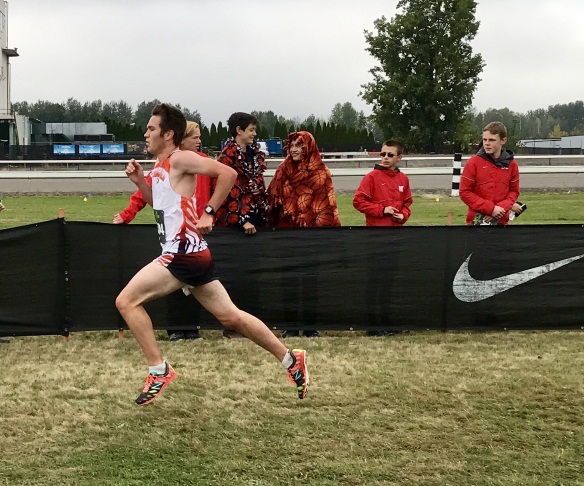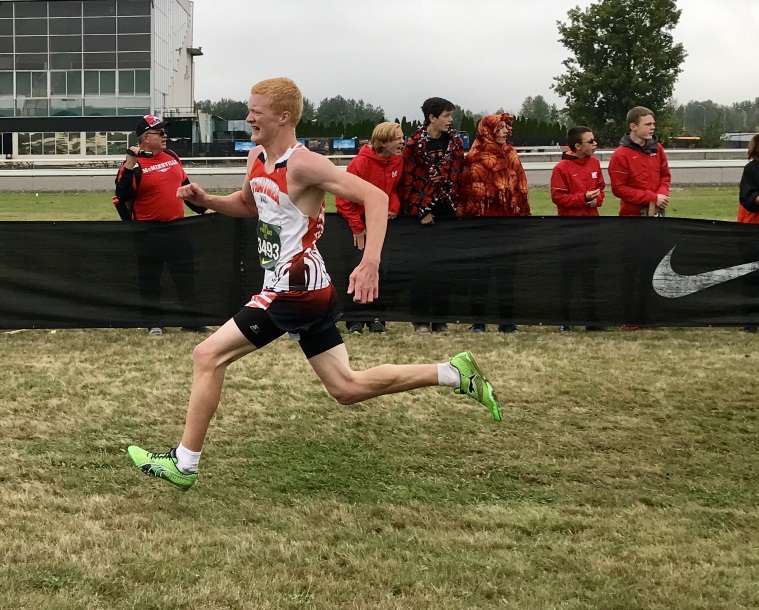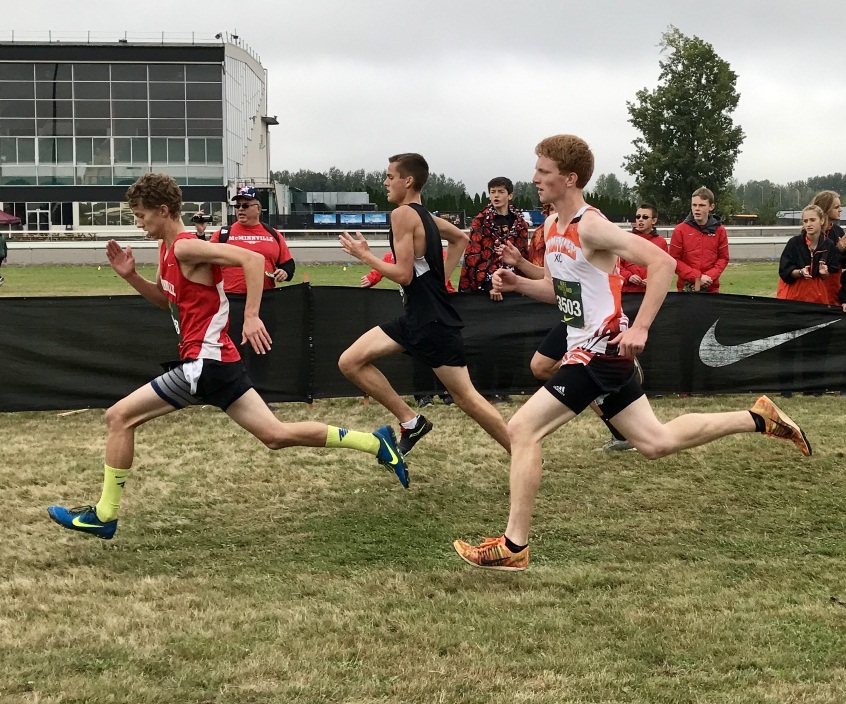
Laws: Keep, Bend, Break
The founding fathers were faced with different types of Laws. Their job was to sort out which ones were valuable, which ones were disposable and which ones were immutable. When it comes to our running, it seems pretty obvious that the human body was designed by their Creator to run. And it apparently follows that the Supreme Judge also developed and enforces "Laws" or "Rules" to abide by for best performances.
The founding fathers had to evaluate these laws and determine which ones should supersede the others, thus helping them figure out which laws to follow or keep, which ones to bend, which ones to break or defy. So let's take a look at six of the laws of running and how to apply them, bend them or override them.
The Law of Forward Motion: This is the law that you want to keep promoting. This is a beneficial law that you want to always abide by. The most common way of breaking this law is by "braking." This happens when your foot gets too far forward when you hit the ground and the force back on the leg will slow you down and wear you down. This can cause "overuse" injuries. In other words, infractions of this law can cause fractures. When striking the ground, the foot (preferably the front of the foot) should hit directly under the knee. At that time, you push yourself forward. Practice this on the Speed Hurdles and the Hopping Drills.
The Law of lightness: The lighter, the better. This applies to the weight of shoes and the clothing adorned. But does this always mean that the lighter the shoe, the better? Or what about no shoes at all? Nope, there is line that you do not want to cross, and for each person it may be different. Racing Spikes are preferred over training shoes, but sprinter's spikes usually lack the support needed for long distance running. So you cannot go overboard, but find the spot for lightness vs. support. For clothing, keep it light, but be careful on cool rainy days as extra clothing used to keep you warm can be soaked by rain and weigh you down.
The Law of Lactic Acid (Oxygen Debt): Running hard causes you to breathe hard. That is because oxygen is needed to get rid of the "Lactic Acid" created when running. This is kind of like the tax that King George III puts on running. The problem here is that being in debt to oxygen makes you less efficient. Running too fast at the beginning of a race will slow you down too much in the "long run." Ideally, a perfect race (for time) is ran at a perfectly even pace with a slight increase at the end. But are there times when you will want to bend or break this law? Sure! When it is super crowded at the beginning and you need to avoid getting caught in the crowd. When racing against an opponent that has a great kick, luring them into a too fast of race will hurt them more than it will you. How about if it is super windy? That applies to the next law as well.
The Law of Wind Resistance: When running fast, it is about 2-3% more efficient having someone effectively break wind for you. In cycling where typical speeds are over 30 miles an hour, it is much more important. The force applied by the wind is proportional to the square of the speed. In other words, a 20 mile an hour wind is 4 times more challenging than a 10 mile an hour wind. So following off of one's shoulder is usually a great strategy. Sometimes it is worth running a bit faster than you should just so you can have a wind blocker right in front of you. This wind factor is also a good reason we want to wear clothing that is fairly tight and does not balloon out and cause a parachuting effect.
The Law of Temperature: Ideally, the human body performs best in distance races in temperatures near 60 degrees. Cooler days are much easier to deal with than hot days as you can add layers of clothing to combat the chilling effect. The hot days? Well, the body generates heat during exercise, so body temperature can go out of control. Hydration is the first line of defense to keep cool (keeping your radiator full). Also, the human body is designed to adapt to the heat (and hydration helps that process as well). Marathoners will arrive several days before a race in extremely warm temperatures (or elevation or humidity). One more strategy to combat the heat is the battle in the mind. This method is not for the faint of heart, but for the mental warriors. For those that attended Steens Camp this year, you got to hear Melody Fairchild's story of her senior year in High School, when she executed this tactic to overrule the Law of Temperature.
The Law of Recovery: We mentioned last week that we have to go through struggles to get to the next level. But we have to include in the recipe the important ingredient of rest and recovery, otherwise the formula will fail!!! Working hard and tearing your body down does NOT make you a better runner... at least not right away!!! The recovery session after hard work is when you "bounce back" stronger. Machines wear down with use over time. Human bodies get stronger with use, as long as regular recovery sessions are planned and executed. Machines do not "bounce back"; they may cool down to avoid break down, but they don't get better than they were before. Otherwise, a car would become more valuable as it is driven more.
Here are some recovery elements for humans: Hydration, Eating (Nutrition), Sleeping, Breathing, Massage, Ice Bath, Recovery Bounding and Compression Boots.
Here are some photos to talk about The Law of Forward Motion"



